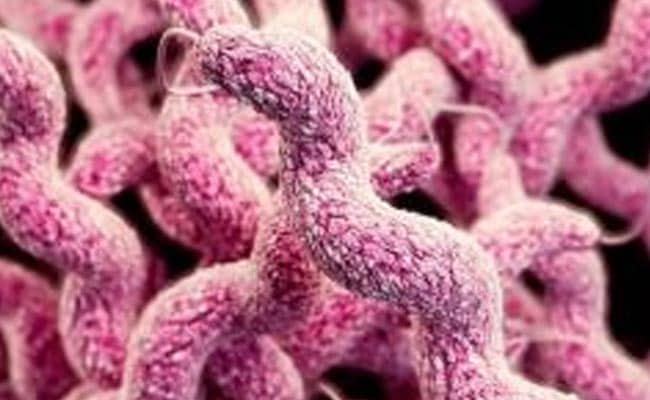
Scientists have identified a ‘sunscreen gene’ that can protect against skin cancer. (Representational Image)
Researchers found that melanoma patients with deficient or mutant copies of the “UV radiation Resistance Associated Gene” are less protected from harmful ultraviolet rays.
“If we understand how this UV-resistant gene functions and the processes by which cells repair themselves after ultraviolet damage, then we could find targets for drugs to revert a misguided mechanism back to normal conditions,” said Chengyu Liang from University Of Southern California in the US.
More than 90 per cent of melanoma skin cancers develop because of cell damage from exposure to UV radiation, researchers said.
“People who have the mutated UV-resistant gene or low levels of the UV-resistant gene may be at higher risk of melanoma or other skin cancers, especially if they go sunbathing or tanning frequently,” said Liang.
“Our study suggests that the UV-resistant gene may serve as a biomarker for skin cancer prevention,” she said.
Researchers used data from 340 melanoma patients. The study also included two experimental groups with either reduced levels of the UV-resistant gene or a mutant copy of that gene in melanoma cells and 50 fly eyes.
The control groups were melanoma cells or fly eyes with normal copies of the UV-resistant gene.
Scientists gave a UV shot to cells carrying the normal UV-resistant gene and cells carrying defective copies of it.
After 24 hours, cells carrying normal versions of the gene had repaired more than 50 per cent of the UV-induced damage. In contrast, the defective samples repaired less than 20 per cent of the damaged cells, researchers said.
“That means when people sunbathe or go tanning, those who have the normal UV-resistant gene can repair most UV-induced DNA burns in a timely manner, whereas those with the defective UV-resistant gene will have more damage left unrepaired,” said Liang.
“After daily accumulation, if they sunbathe or go tanning often, these people will have increased risk for developing skin cancers such as melanoma,” she said.
Researchers were able to show a correlation with increased cancer risk.
Scientists first discovered the UV-resistant gene nearly two decades ago in relation to a disease called Xeroderma Pigmentosum, which makes people extremely sensitive to sunlight and puts them at high risk for developing skin cancer.
Researchers have now identified what the UV-resistant gene does and how it operates in a general population, said Yongfei Yang from USC.
“We found the expression level of the UV-resistant gene is related to melanoma patients’ survival and metastasis stages,” said Yang.
“Lower levels of the UV-resistant gene means a lower survival rate and advanced metastases stages,” he said.
The findings were published in the journal Molecular Cell.
(This story has not been edited by NDTV staff and is auto-generated from a syndicated feed.)
